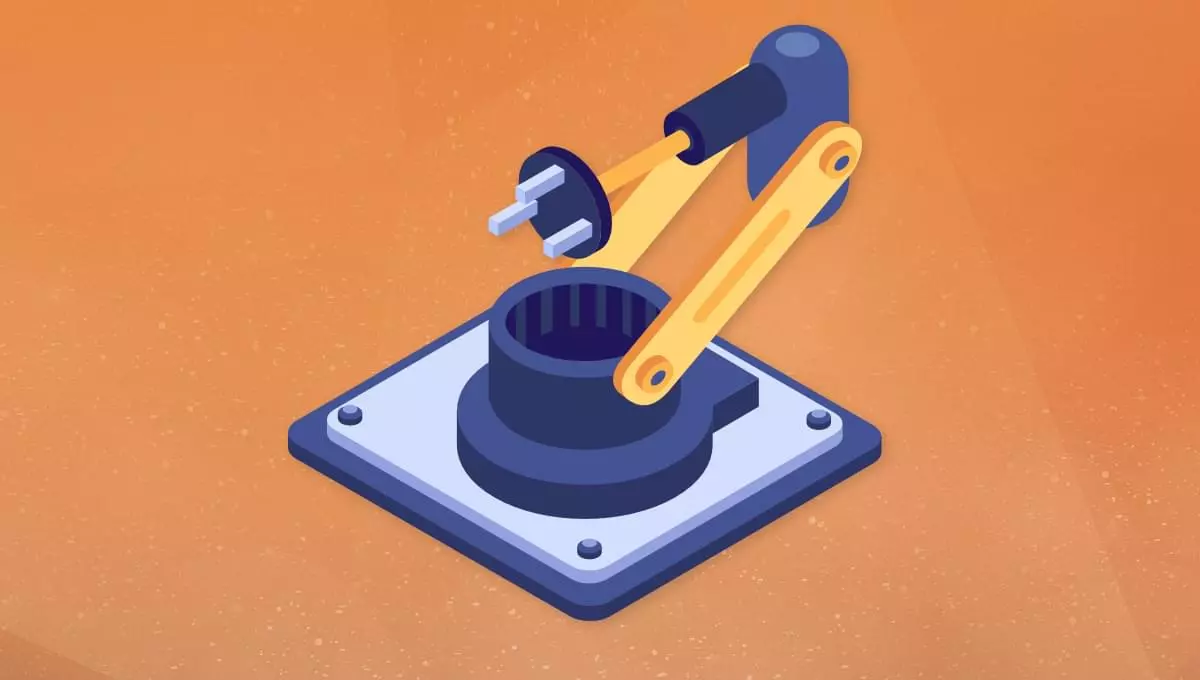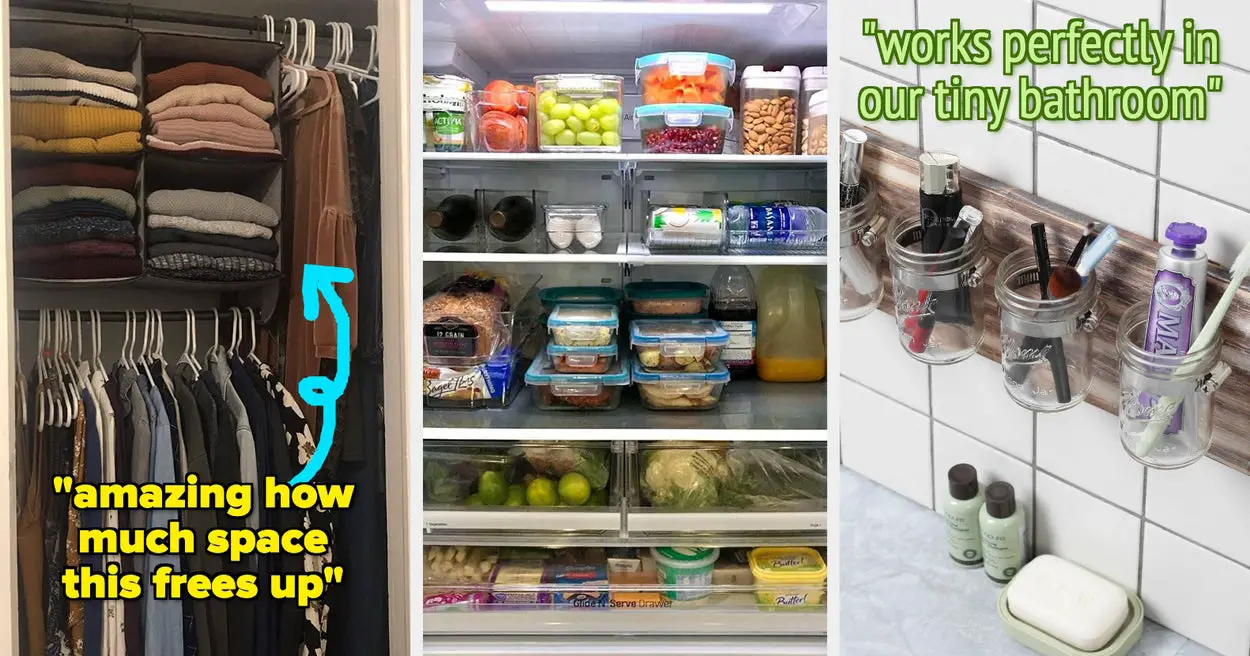Imagine you launched the app of your vision successfully! Wait, that’s it? Well, you should know that you can turn apps into money making machines.
Mobile apps have the same potential for financial gain as any other intellectual property. Furthermore, even if your app isn’t intended to make you money, you still need money to cover expenses and maintain the app.
The question that evades most people is, how to monetize an app? Well, you can monetize your mobile app using crucial strategies like email marketing and in-app advertising.
Still not sure?
We’ve gathered the top strategies and techniques for mobile app monetization that will assist in bankrolling your account with app revenue.
Why do you need to monetize your app?
Let’s clear up one of the major misunderstandings before discussing the logic behind mobile app monetization: Can free apps earn money? They can, yes. How? Read on.
The number of users who can access apps has multiplied over time. As the internet and smartphones digitise our daily lives, the chart below seems to move north in the near future. It is predicted that app downloads and in-app adverts would be the main revenue generators for apps by 2023, with revenues from apps reaching over $935 billion.
It would be like having a treasure box without a key if you don’t know how to monetize an app.
Monetization 101: Top Strategies to Monetize Your App
We have compiled a list of tried and tested strategies that you can employ to generate high returns from your app. So fasten your seatbelts and get ready for a million dollars read:
1. Subscription Based Model
According to a study, 52% of app developers that used a subscription based mobile app monetization model agreed that it improved their business by growing their user base and revenue.
The app developers create a three-tier subscription model that caters to users with basic, intermediate, or advanced spending power. Under this mobile app monetization strategy, first-time users can download the app for free , but paying users can access the app’s additional special features.
You must choose a subscription strategy that will allow you to retain current subscribers while also converting new users into paying customers. To keep existing customers for a long time, you must regularly provide them with fresh material and features and explain the advantages of app upgrades to new, free users.
2. Freemium Model
This tactic is particularly effective because it allows people to try out the app without having to pay anything. Many users are hesitant to pay for an app at first but would be eager to do so after realising the benefits it brings. Additionally, you’ll consistently make money from paid subscribers on a monthly or annual basis. This approach is popular among app developers since it produces a relatively predictable revenue model.
Given how well the subscription model keeps consumers interested, both the Apple App Store and the Google Play Store have begun encouraging developers to use it.
It will take more effort and money to implement a subscription freemium model than it will to just include in-app advertisements. However, if you use this mobile app monetization strategy properly, you’re probably going to get a better return on investment.
3. Interstitial Ads
Banner advertisements are increasingly being replaced by interstitial advertisements. These pop-up advertisements are visible as full screen ads. They are frequently inserted between levels or stages and are especially common for mobile gaming apps.
However, if you plan to use them, it is crucial that these advertisements complement rather than detract from your app’s natural flow.
The incentive ad is a well-liked variation on this tactic. In this case, viewers of the adverts receive some sort of compensation. This works especially well in video games because you can give customers more lives, in-game currency, or power-ups in exchange for watching advertising.
For this method to be successful, there must be sufficient motivation for consumers to watch the advertisements.
Also Check: 9 Reasons Why Your Business Needs a Mobile App to Thrive in 2023
4. In-app Purchases
In this strategy, you generate income by offering virtual or tangible products or services within the app.
It makes no difference what you are selling. It can include everything from clothing, technology, accessories, or virtual items like more lives or in-game money.
Your app becomes another sales channel thanks to the in-app purchases that you’ve integrated. The e-commerce applications and games where you can purchase a bonus or a special ability to bypass a level that’s driving you crazy are a good fit for this method of app monetization.
By giving customers the option to purchase virtual products, you may increase user engagement, which is one of the perks of in-app purchases.
5. Paid Apps Model
Pay-to-download applications is one of the earliest mobile app monetization methods. It’s very straightforward: you fix your app’s price and receive the money up front once the app store deducts its share. The business strategy was common in 2008, but as more people download free apps, charging up front may become a growth inhibitor.
Before picking this app monetization method, you should research the competition and determine whether your app is superior to other options that are available for free. Why would users of your programme choose it over a free option?
App download analytics can provide you information that will enable you to adjust the pricing in a way that strikes the proper balance between what customers are ready to pay and your desired revenue.
6. Affiliate Marketing
Through affiliate marketing, you can earn money by recommending external products to your app’s audience. Affiliate marketing is a strategy used by website owners, particularly bloggers, to monetize their work by promoting goods offered for sale on other websites.
Similar to that, you can register as an affiliate and market goods and services from other companies in your app. Affiliate marketing is more subtle than ad monetization and doesn’t have the same downsides.
Affiliate marketing works incredibly well with some of the other strategies outlined here. Affiliate links are typically put in blog links and are not a blatant attempt to make money.
It is a quick and easy technique to include worthwhile connections in your app that will ostensibly boost sales. You can sign up for a suitable affiliate programme and market goods that match your niche.
7. Generate Revenue with SMS Marketing
Even though some people may consider SMS marketing to be ancient in 2022, if done well, it can still be a successful way to connect with app users and offer them discounts on in-app purchases or premium subscriptions.
Always double check that the person you are contacting has given you their explicit authorization to use their data. No one wants to read a long message promoting your app while trying to enjoy their supper, so keep it brief and to the point to avoid bothering users at the wrong times.
SMS marketing can be a useful way to maximise an app’s ad revenue up to a certain point because it is one of those ad formats that works well in conjunction with a number of other publisher app monetization tactics. Examples of SMS marketing include banking apps, recharge apps, and some retail apps like Flipkart, Amazon, Mamaearth, and Meesho.
8. Data Licensing
In this era, data is worth gold for many businesses. Selling your app user data to companies or data providers, such as your users’ in-app behaviour insights, is known as data licensing.
Naturally, you must disclose that you share data in order to use this monetization method. This needs to be stated clearly everywhere, including your app’s description, usage guidelines, and privacy statement. Additionally, you would require the users’ and the app stores’ approval.
The data sharing required for this mobile app monetization strategy makes things challenging. Food delivery apps in India were recently inspected for such data sharing and told to ask consumers’ explicit permission before using such data practises.
It is a tricky field, but if you’re honest about these policies with your customers and all parties involved, then you can gain largely from it.
Technocrats- Your Partner for a Perfect Revenue-Generating App
Mobile app monetization is a perfect revenue generation technique. Apps aren’t merely created by businesses out of the goodness of their hearts. To support the development of the app, they require actual revenue sources.
This article gives a thorough explanation of monetizing mobile apps. Although not an exhaustive list of mobile app monetization possibilities, the strategies discussed here undoubtedly represent those with the greatest potential.
Our ad technology at Technocrats is clever, strategic, yet easy to use so that you can get the most out of your advertising budget. Not only that, we are one of leading mobile app development companies out there with years of experience in building scalable apps with great user experience.
To find out more about how Technocrats can increase your ad revenue and expand your business, get in touch with us right away!
Want to monetize your mobile app to get higher returns? Contact us now!!
About The Author
Introducing Mr. Tarvinder Singh, the CEO of Technocrats Horizons Compusoft Pvt. Ltd. With his dynamic leadership and innovative thinking, Mr. Tarvinder Singh has built a reputation for himself as a visionary and a clients’ person through and through. Under his guidance, Technocrats Horizons has grown to become a powerhouse in the tech world, providing cutting-edge solutions that have helped countless businesses thrive. When he’s not leading the charge at Technocrats Horizons, Mr. Tarvinder enjoys spending time with his family, traveling the world, singing, and mentoring young entrepreneurs.






Leave a Reply